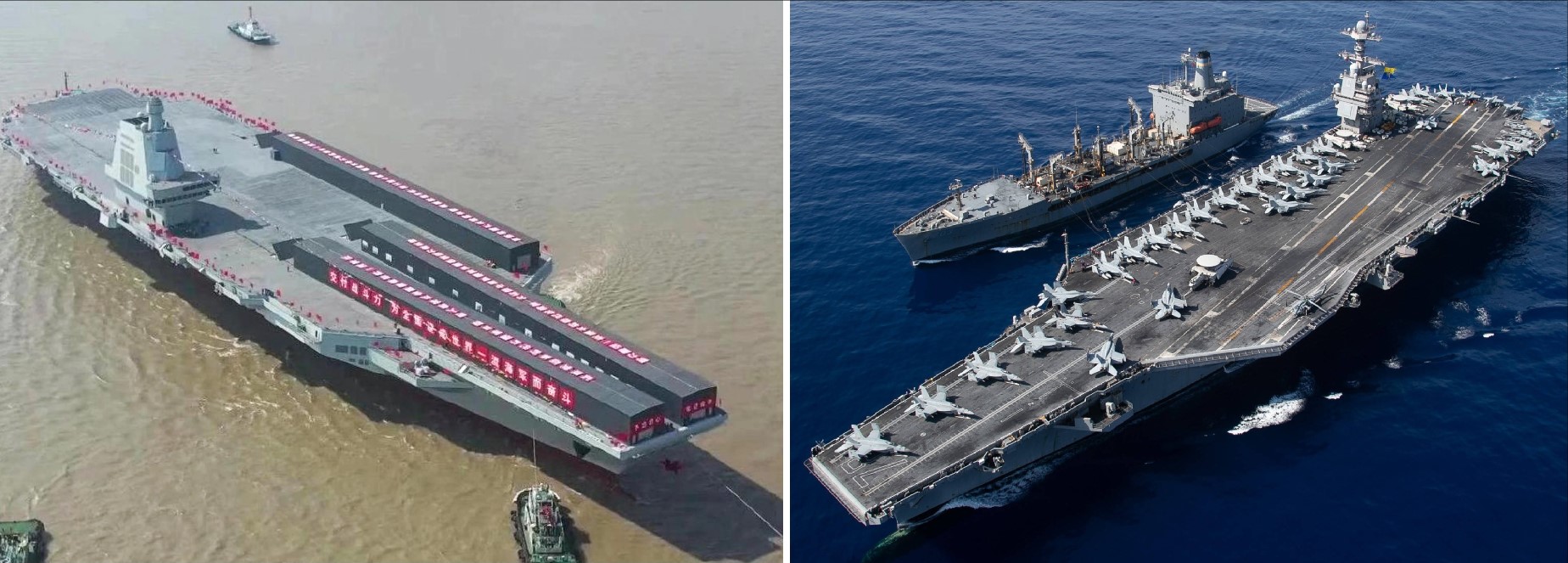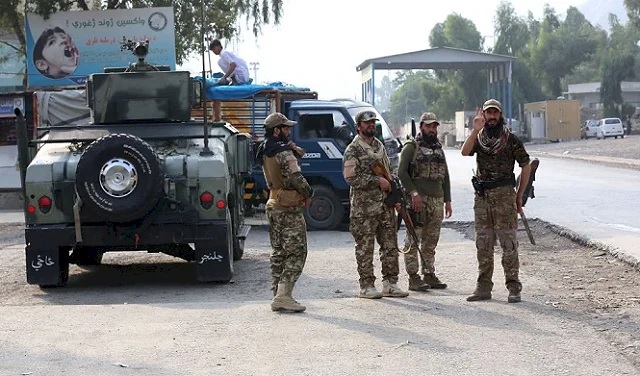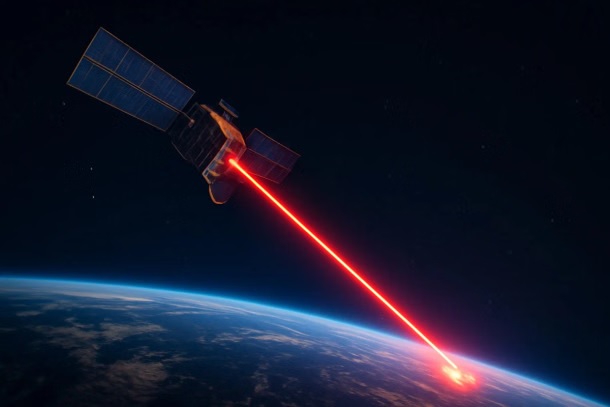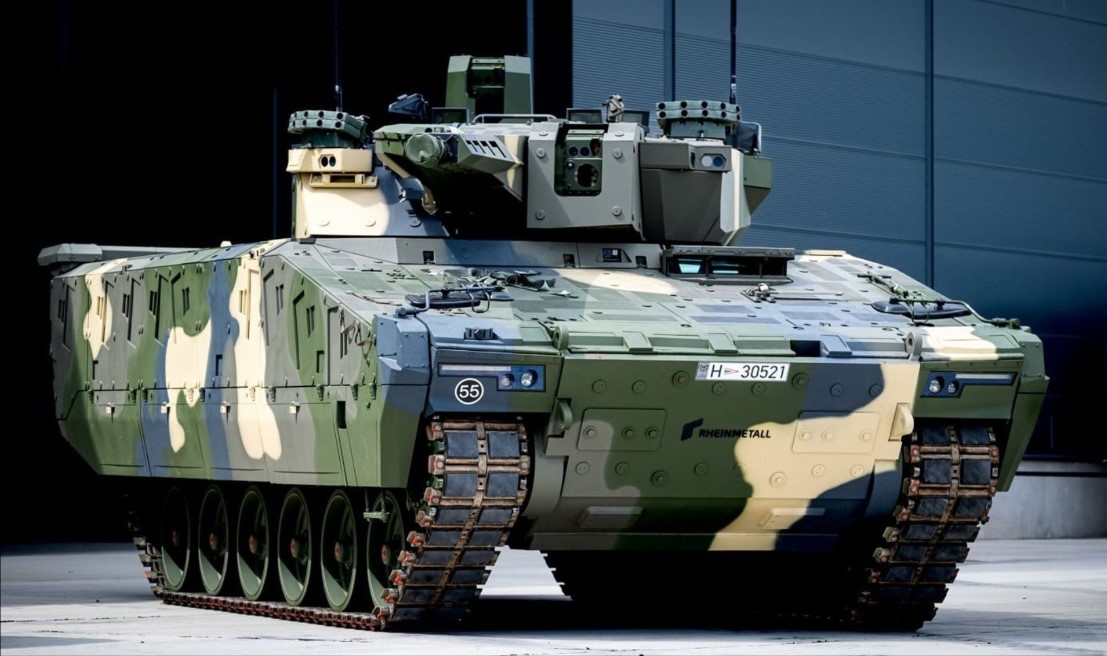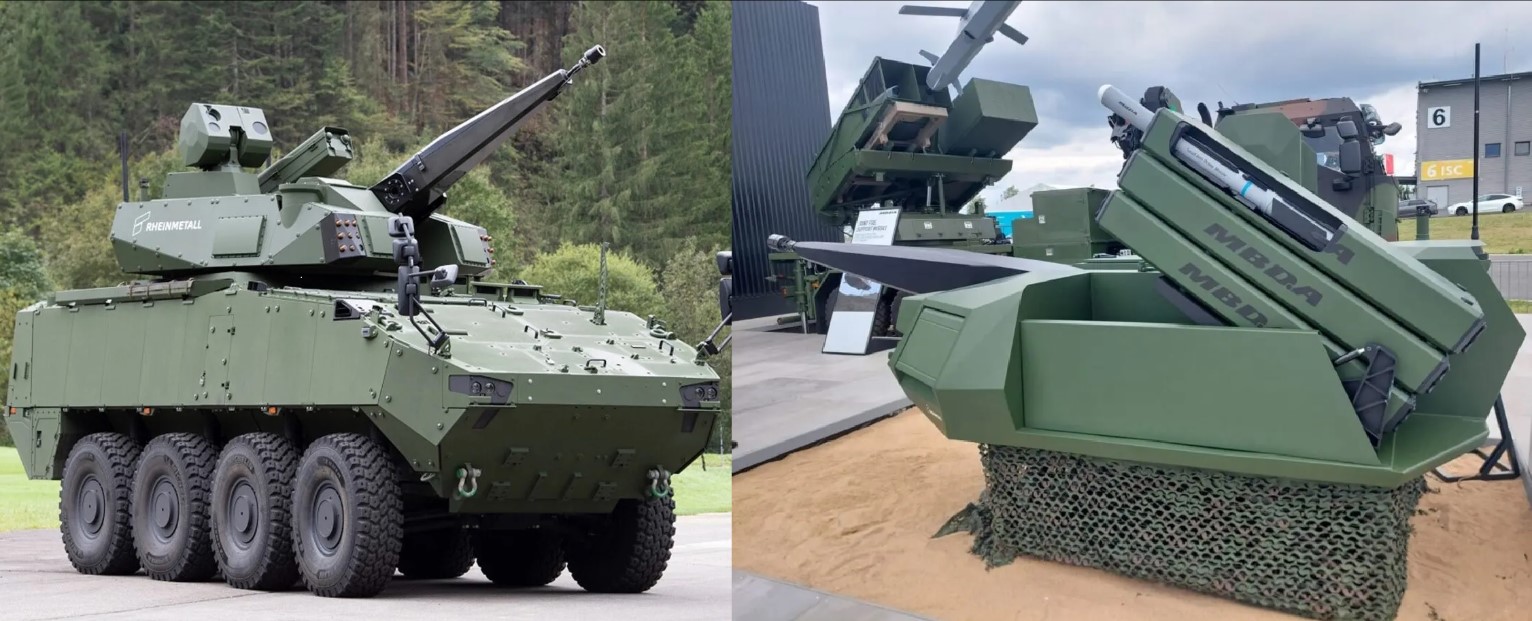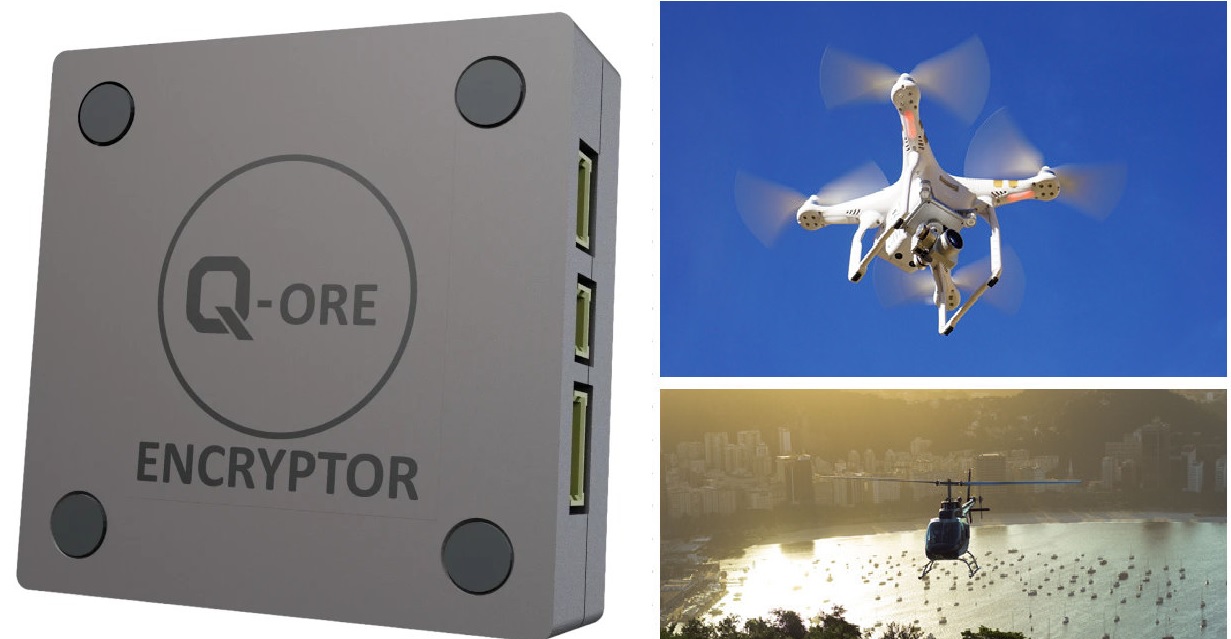India Clears Major AEW&C Expansion to Counter Pakistan’s Airborne Surveillance Edge

India has taken a crucial step toward strengthening its airborne surveillance capabilities by approving the procurement of six additional Airborne Early Warning & Control (AEW&C) systems. These new systems, an upgraded version of the existing Netra platforms, will be mounted on Embraer aircraft and significantly enhance the country’s ability to detect and track aerial threats.
The Defence Acquisition Council (DAC), led by Defence Minister Rajnath Singh, cleared this acquisition as part of a broader initiative to modernize India’s military forces. The move comes at a critical time, given the evolving security dynamics with Pakistan and China, both of which have advanced surveillance capabilities.
Currently, India operates three AEW&C systems, with one being used by the Defence Research and Development Organisation’s (DRDO) Centre for Airborne Systems (CABS). These aircraft provide real-time situational awareness by detecting fighter jets, cruise missiles, and drones far beyond the reach of ground-based radars. They also serve as airborne command centres, ensuring rapid decision-making in combat scenarios and monitoring maritime activities.
The Indian Air Force (IAF) has long emphasized the need for additional AEW&C systems. The newly approved Netra Mk-1A aircraft will improve upon the current fleet, offering enhanced detection ranges and faster data processing. Additionally, DRDO is developing six more advanced Netra Mk-2 systems, which will be mounted on Airbus A321 aircraft. These new platforms are expected to feature superior radar technology, extending coverage and improving India’s ability to respond to aerial threats.
This expansion is crucial, as Pakistan currently operates a more extensive fleet of airborne surveillance aircraft. The Pakistan Air Force (PAF) has nine SAAB 2000 Erieye AEW&C aircraft and four Chinese-built ZDK-03 Karakoram Eagle AWACS. These systems provide Pakistan with a significant edge in airspace monitoring and battlefield coordination. The urgency for India to enhance its airborne surveillance was particularly evident during the February 2019 aerial confrontations with Pakistan, where the limitations of India's existing fleet became apparent.
The Netra AEW&C currently has a range of approximately 200 km, while India’s Il-76-based AWACS extends to 400 km. The upcoming Mk-1A and Mk-2 versions are expected to significantly improve range and performance, bringing India’s capabilities closer to global standards.
This procurement is part of a broader defence modernization push, with the government approving defence acquisitions worth over ₹54,000 crore. Alongside these purchases, the Defence Ministry is also reforming procurement processes to reduce delays and inefficiencies. These reforms align with the government’s objective of making 2025 the ‘Year of Reforms’ in defence procurement, ensuring faster acquisition and deployment of critical military assets.
With these advancements, India is taking a decisive step toward strengthening its aerial surveillance and command capabilities, ensuring that it is well-prepared to counter any potential threats in an increasingly contested airspace.
✍️ This article is written by the team of The Defense News.
